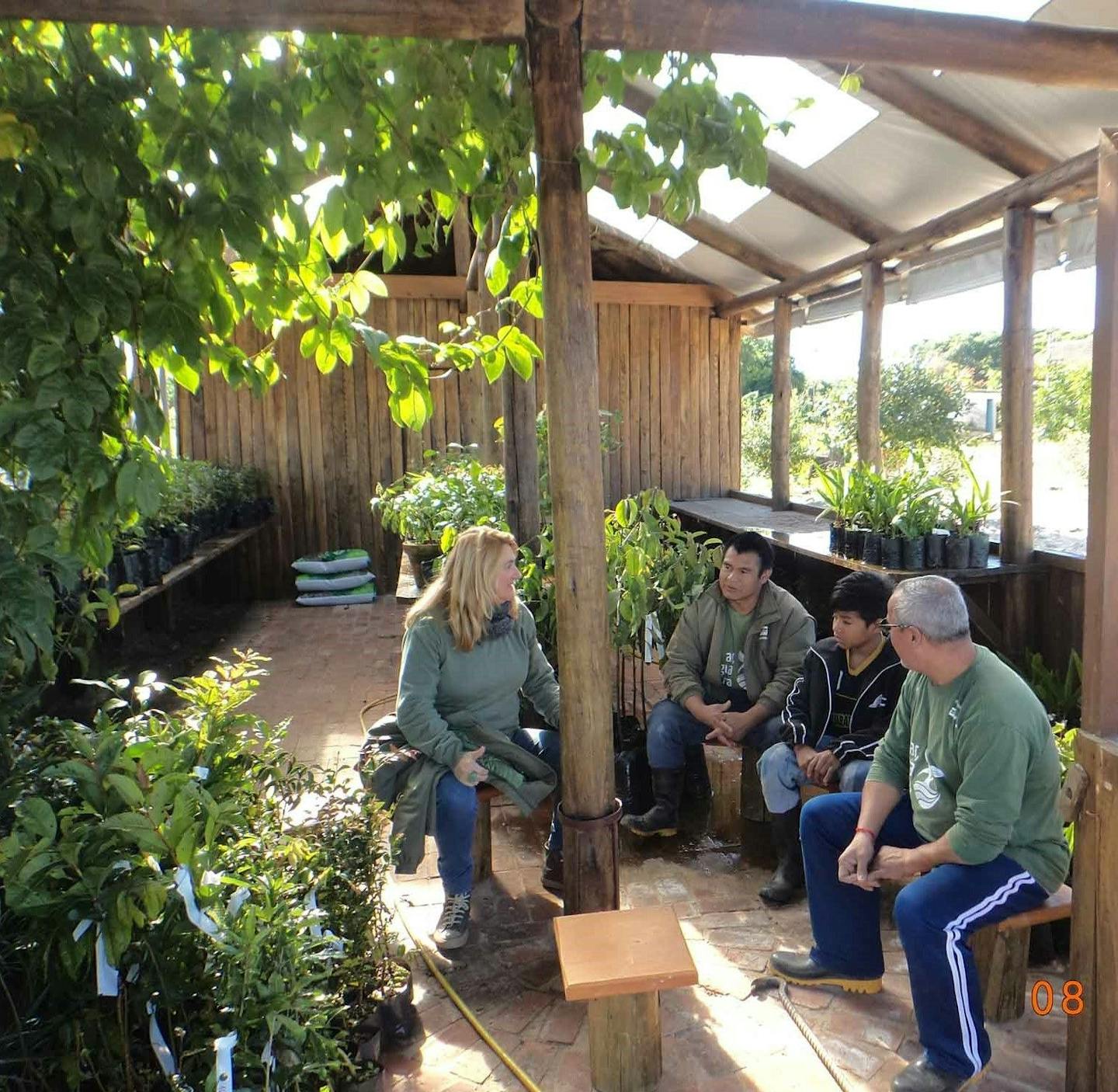A sacred temple in Brazil is one of the rainforest’s last hopes
- Nature Conservation
- Ecosystem Restoration
- Forests
- Indigenous Tenure
- Biodiversity
- Community Action
- Amazonia
- Southern America Realm
Between the houses of the Guarani Indigenous land in Southern Brazil, one building stands out for its large windows and its many plants. The place, known by the locals as the “House of Plants,” is one of the rainforest’s last hopes in the region.
The House of Plants is a gardening center for seedlings. It is where the local Indigenous grow plants to reforest areas within their lands.
The Guarani were accustomed to preserving the native forest, but they faced the need to go further. Part of the forest had become degraded during years of prior occupation before the land was officially recognized as Indigenous.
It would be challenging and expensive to bring seedlings from external gardening centers, especially in the amount required for reforestation. That is why the community set up the gardening center in the center of the town.
But there was a cultural issue. “Having to grow plants inside a house was a strange idea for Guarani,” explains José Cirilo Morinico, chief of the Tekoa Anhetengua village, in the city of Porto Alegre, in the Brazilian state of Rio Grande do Sul.
To the Guarani, space organization and its interaction with nature are essential. The construction of a simple gardening center meant altering ideas and foundational structures.
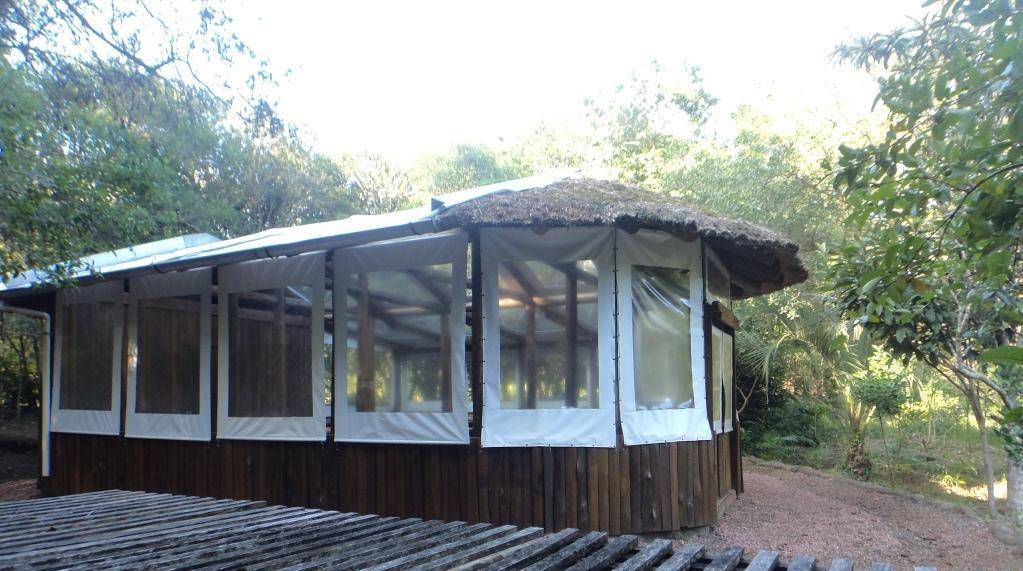
Image credit: Courtesy of Marcela Martins
Reforestation is needed
The Tekoa Anhetengua village is located in the Mata Atlantica (Atlantic Forest), the forest with the greatest diversity of species of trees worldwide.
Mata Atlantica was once the second-largest biome on the continent, after the Amazon, but it is also the most deforested ecosystem in Brazil. Today, only 7.3% of the original forest cover of the Atlantic Forest remains. It is the fifth most threatened area on the planet.
The Guarani know the Mata Atlantica forest best. The management carried out by the Guarani over thousands of years has maintained the forest's biodiversity, yet, many of them struggle to regenerate and preserve what remains of the biome.
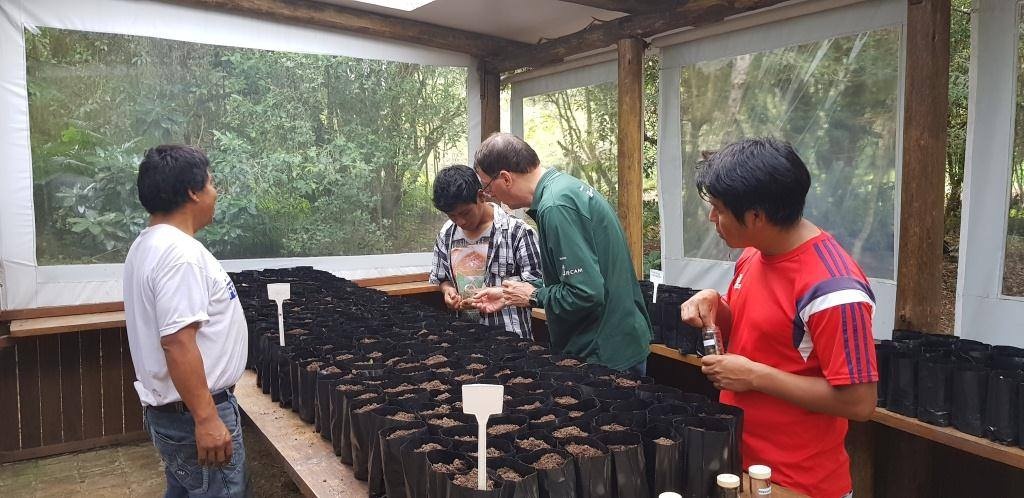
Image credit: Courtesy of Marcela Martins
Why a gardening center?
The construction of the gardening center was proposed in 2004 by the Institute of Cultural and Environmental Studies, an NGO focused on traditional knowledge in environmental projects.
A new idea for the Guarani, it was a long discussion. They needed to analyze how the site's construction would impact teko'a, the space where they collectively live, composed of the physical and spiritual.
In recent decades the village suffered from a lack of raw materials for handicrafts or construction of traditional houses. Most of these are built from local woods such as native bamboo and taquara, a species similar to bamboo.
The Guarani are known for their wooden statues of animals using sacred trees. The figures symbolize the characteristics of the animals they represent. They also make adornments for the body, which they use as protection.
The artisanal process is complex and begins with the request for spiritual authorization for the raw material to be taken from nature. The construction of the object involves prayer and silence.
Most of the Guarani population has no source of income, and handicrafts are an essential alternative. Their official territory is much smaller than their original historical area. Hunting and food gathering are insufficient, and the people need income for subsistence.
Denise Wolf, president of the Institute of Cultural and Environmental Studies, noticed this difficulty in finding raw materials and a lack of species for traditional food and Guarani medicine. Wolf had already worked on projects with the Guarani people since 1994 and proposed the idea of a seedling gardening center to restore the area.
The process was participatory and respectful of Guarani culture.
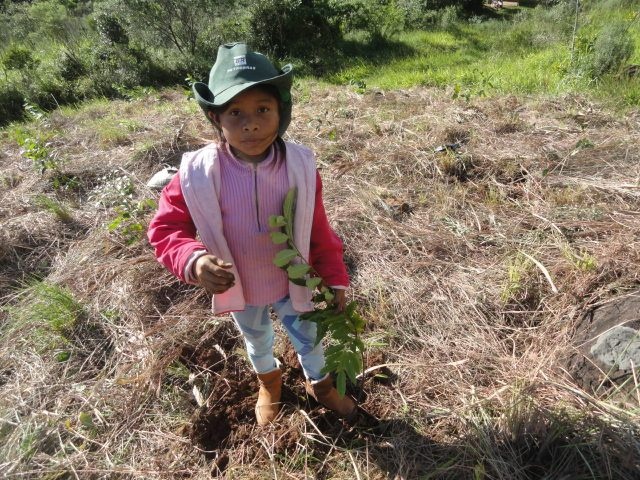
Image credit: Courtesy of Marcela Martins
The House of Plants
The construction of the gardening center was an intercultural process that took into account the position of the sun, other houses, and the springs in the region. “We managed to do it in the right place, for our sacredness, and that's why everyone got used to it,” says José Cirilo.
Gardening center farming practices also required cultural adaptations in the community. In the Guarani culture, jobs are performed according to the “gift” of each person. Gradually, some Indigenous people began to identify with the gift of gardening work, a new job for them.
In 2010 the project received funding, and it was possible to expand the actions. The project was named Air, Water, and Earth: Guarani life and culture. In all, ten Indigenous villages from eight cities participated.
The construction of gardening centers aims to produce seedlings for the deforested areas. The reforestation is carried out by the Indigenous people themselves and by technicians. Between 2011 and 2020, more than 20,000 native seedlings were cultivated in a nursery, and more than 50,000 were planted.
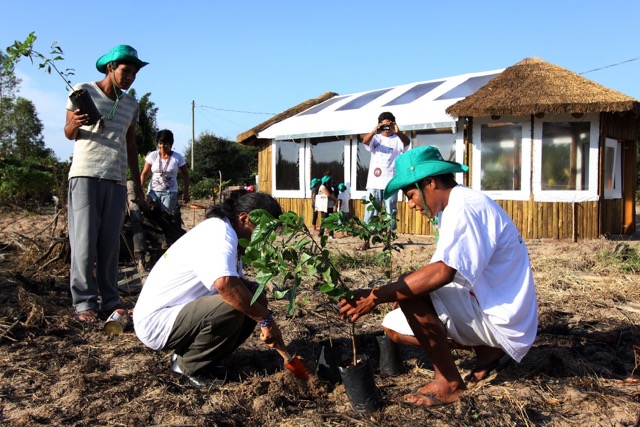
Image credit: Courtesy of Marcela Martins
There were 20 hectares of productive agroforestry, more than 30 hectares of degraded areas recovered, and more than three thousand hectares of the preserved native biome. Another action of the Air, Water, and Earth Project was the construction of kiosks to sell handicrafts in places with a large flow of people, such as along highways close to the villages.
Currently, the project faces the challenge of finding new funds. Without resources for the maintenance of the gardening centers, the purchase of seedlings for reforestation, and general execution costs, the scope of the actions is compromised.
